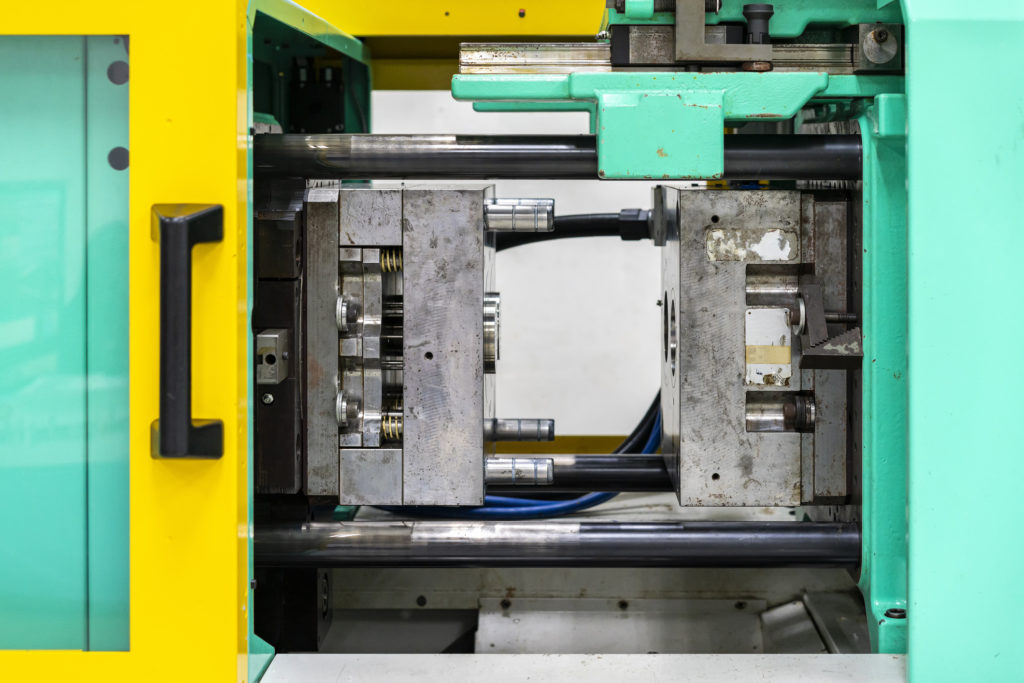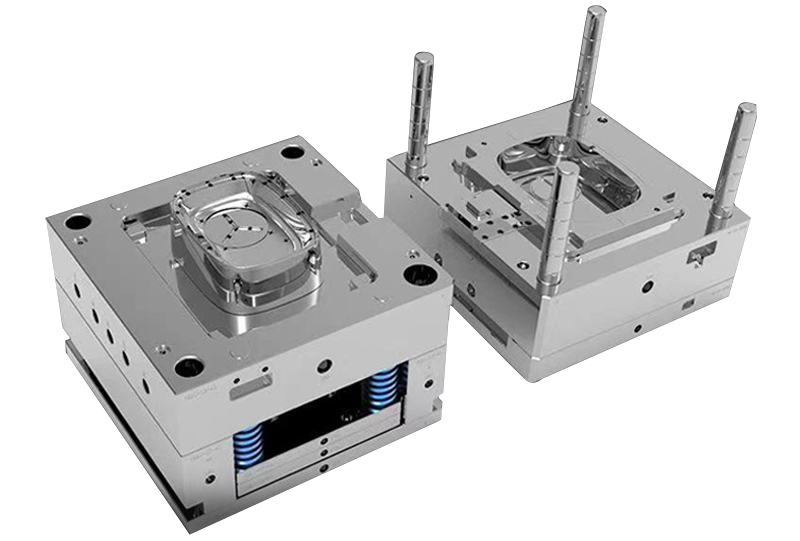Plastic Injection Molding: A Comprehensive Guide to Modern Production Techniques
Plastic Injection Molding: A Comprehensive Guide to Modern Production Techniques
Blog Article
Comprehending the Essentials of Plastic Injection Molding Processes
Plastic injection molding offers as a foundation of modern manufacturing, supplying a methodical method to creating complex elements with precision. Checking out these important elements could expose just how even small changes can lead to substantial improvements in manufacturing outcomes, elevating concerns concerning the potential for innovation in this established process.
What Is Plastic Injection Molding?
Plastic shot molding is a commonly made use of manufacturing procedure that changes polycarbonate and thermosetting materials right into precise and intricate forms. This method is favored for its capability to generate high volumes of the same get rid of exceptional accuracy, making it a vital approach in different markets, consisting of auto, durable goods, and medical devices.
The procedure involves thawing the chosen plastic product and injecting it into a mold under high stress. The mold and mildew, created to the requirements of the wanted component, enables the molten plastic to take form as it strengthens and cools down. Once the product has hardened, the mold and mildew is opened, and the ended up component is expelled.
Plastic shot molding provides numerous benefits, including minimized waste, consistency in manufacturing, and the ability to integrate elaborate styles that may be challenging with other manufacturing methods. Furthermore, it supports a wide series of products, each giving special residential or commercial properties that can be customized for particular applications. As industries remain to introduce, plastic shot molding remains at the center, enabling the growth of innovative items that satisfy progressing consumer demands.
The Shot Molding Refine
The shot molding process is a sophisticated strategy that entails numerous vital phases to create top notch plastic elements. At first, plastic pellets are fed right into a heated barrel where they are thawed into a viscous fluid. This molten plastic is after that infused under high stress into a precision-engineered mold and mildew, which forms the material into the wanted type.
As soon as the mold is loaded, the plastic is enabled to cool down and solidify, taking the form of the mold and mildew dental caries. Cooling time is vital, as it impacts the cycle time and the last homes of the shaped part. After adequate cooling, the mold opens up, and the ended up component is expelled making use of ejector pins.

Materials Used in Shot Molding
Different products can be made use of in the shot molding process, each offering distinct properties that cater to specific applications. The most generally utilized materials consist of thermoplastics, thermosetting plastics, and elastomers.
Thermosetting plastics, like epoxy and phenolic materials, undertake a chemical adjustment throughout the healing process, leading to an inflexible, inflexible framework. These materials are optimal for applications calling for high warmth resistance and architectural honesty, often used in electrical insulators and auto parts.
Elastomers, consisting of silicone and rubber-based materials, supply adaptability and strength. Their one-of-a-kind buildings make them ideal for applications that demand elasticity, such as seals and gaskets.
In addition, specialty products like bio-based plastics and compounds are getting traction for their environmental benefits and boosted efficiency attributes, broadening the scope of injection molding applications in numerous markets. Recognizing the buildings see of these materials is important for selecting the suitable kind for particular projects.
Benefits of Shot Molding
Injection molding sticks out as a very effective manufacturing process that supplies numerous advantages for creating complex parts with accuracy. One of one of the most substantial advantages is the capability to produce elaborate designs that would certainly be challenging or difficult to achieve with various other approaches (Plastic Injection Molding). The procedure permits for limited tolerances and thorough functions, making certain top quality parts
In addition, injection molding is known for its fast production capabilities, making it a perfect choice for high-volume manufacturing. When the mold and mildew is developed, parts can be generated quickly, lowering preparations and boosting total efficiency. This performance not just reduces production prices yet also provides an one-upmanship on the market.
The versatility of materials made use of in injection molding better enhances its charm. A large range of thermoplastics and thermosetting polymers can be employed, permitting producers to select materials that best satisfy their details requirements, including warmth, stamina, and flexibility resistance.
In addition, the process decreases waste, as excess product can usually be recycled and reused. This sustainability facet adds to a reduced environmental influence, making shot molding a liable manufacturing option. In general, the advantages of shot molding make it a preferred approach for lots of industries.
Elements Affecting Product Top Quality
While various factors can affect product quality in shot molding, comprehending these components is crucial for accomplishing ideal results. Key aspects consist of material option, refining specifications, and mold layout.
Product choice plays a crucial function, as various polymers exhibit one-of-a-kind homes that influence flowability, toughness, and thermal stability. Poor material choice can result in defects such as bending or incomplete dental filling.
Handling specifications, including temperature level, cycle, and pressure time, need to be thoroughly controlled. Variants in these settings can result in disparities partially dimensions and surface area finish. Excessively high temperature levels might create deterioration of the polymer, while insufficient pressure can result in short shots.
Mold design is equally vital, as it determines the circulation of the molten plastic and the cooling process. Poorly designed mold and mildews may lead to unequal air conditioning rates, causing dimensional inaccuracies and residual stress and anxieties.

Conclusion
Finally, plastic injection molding serves as an important production procedure that makes it possible for the effective manufacturing of high-quality components. Mastery of the shot molding procedure, consisting of the understanding of products and the impact of various factors Resources on product top quality, is vital for achieving optimal outcomes. The advantages of this approach, such as cost-effectiveness and layout flexibility, additional highlight its significance throughout multiple markets, solidifying its status as a recommended choice for high-volume manufacturing.
Plastic injection molding serves as a keystone of contemporary manufacturing, supplying a systematic approach to creating complicated parts with accuracy.Plastic injection molding offers several benefits, including decreased waste, consistency in production, and the capacity to integrate complex styles that might be challenging with other making approaches (Plastic Injection Molding). As industries proceed to introduce, plastic injection molding remains at the leading edge, allowing the growth of innovative items that fulfill evolving customer demands
The injection molding process is an innovative method that includes several vital stages to create high-grade plastic elements.In conclusion, plastic injection molding serves as a critical production process that allows the efficient manufacturing of high-grade components.
Report this page